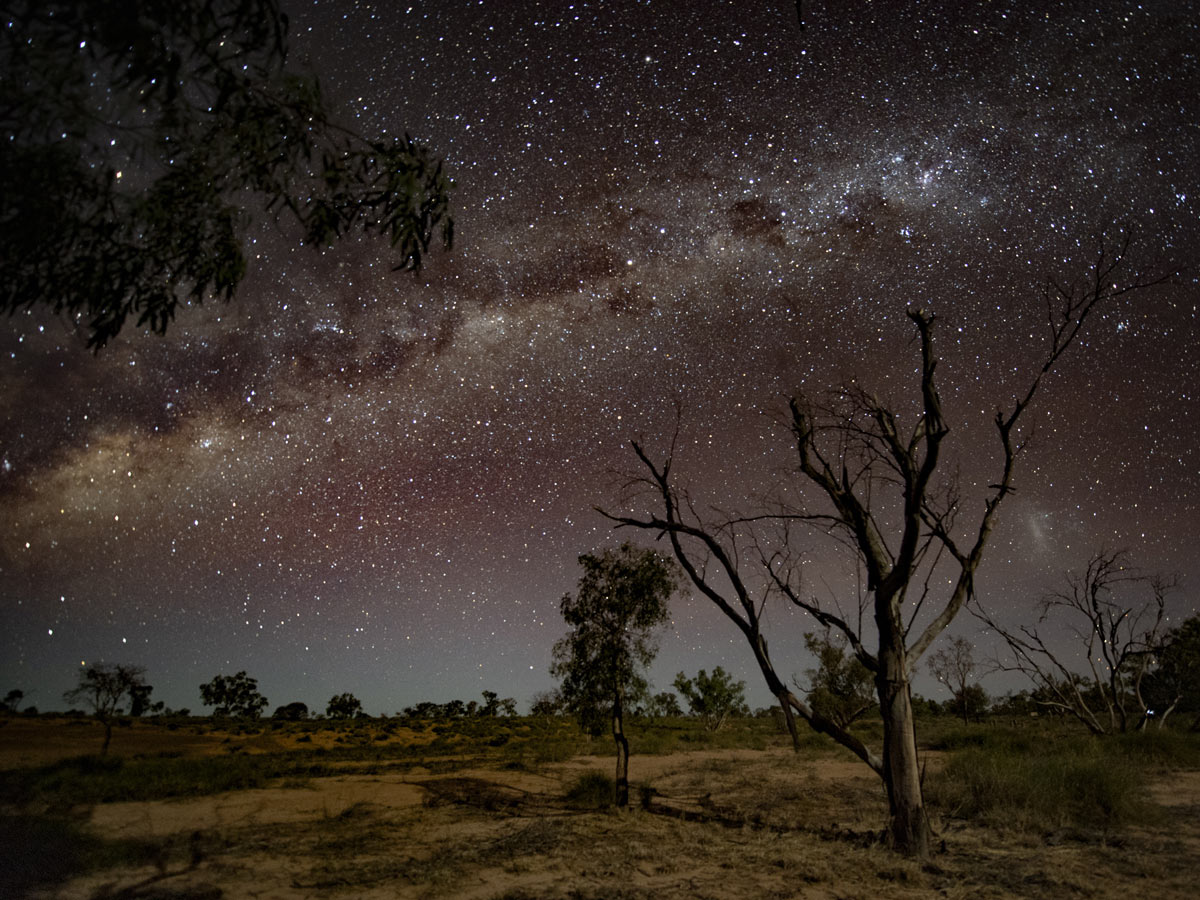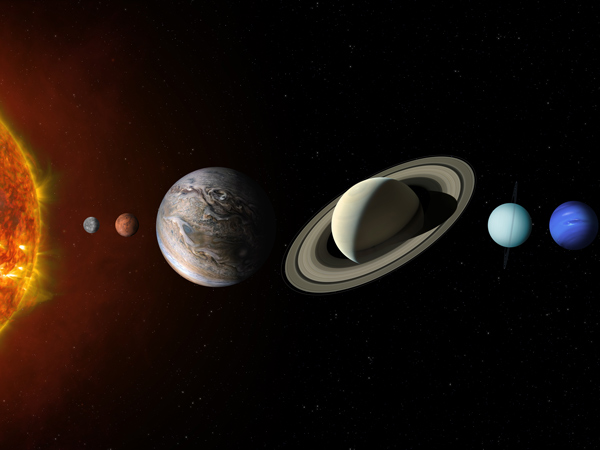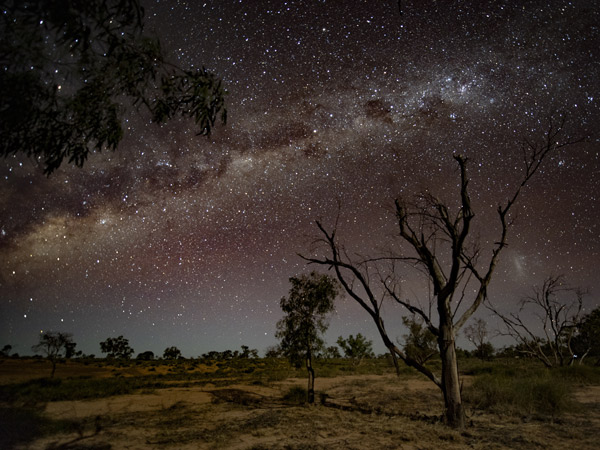21 January 2025
![]() 4 mins Read
4 mins Read

This week, Australians will have the chance to witness a rare celestial event: a planetary parade featuring Venus, Mars, Jupiter, Saturn, Uranus and Neptune. These six planets will align in a dazzling display across the night sky, offering stargazers a spectacular start to 2025.

Six planets will be visible in a rare planetary alignment. (Image: Getty Images/buradaki)
A planetary parade occurs when multiple planets in our solar system align closely along the same region of the sky, appearing near each other from our perspective on Earth. While the planets won’t be in a perfectly straight line, they will appear clustered together, creating a visually striking phenomenon for observers on Earth.
This planetary alignment in 2025 will feature four of the brightest planets visible to the naked eye: Mars, Jupiter, Saturn and Venus. Uranus and Neptune will also be visible, just not without a pair of binoculars or telescopes and a keen eye to spot them.
The planetary parade will reach its peak visibility on the evening of Tuesday 21 January and the following few nights. Weather permitting, the best time to view the alignment is shortly after sunset, as the planets will appear low on the western horizon.
Astronomers recommend heading out at dusk to catch Venus and Saturn before they dip below the horizon. Mars and Jupiter will remain visible for longer, with Jupiter shining especially bright as the largest planet in the solar system.
To see the planetary parade, face west and look for the brightest objects in the sky. Venus will be the easiest to spot near the horizon, glowing with its characteristic bright white light. Above Venus, you’ll find Saturn, while Jupiter sits in the north and Mars in the north-east. Neptune and Uranus sit between Venus and Jupiter, but they are much dimmer, so again, you will need binoculars or a telescope to see them.

Outback Queensland is a great spot to watch the planetary alignment. (Image: Getty Images/Ian Hitchcock)
For those in major cities, light pollution may make it harder to see the full display. To get the best view, head to a darker location away from city lights. National parks, beaches or rural areas provide ideal conditions for stargazing.
Warrumbungle National Park in Central West NSW is Australia’s first (and only) Dark Sky Park, so if you’re able to make the trip there, it will be well worth it.
The country also has a number of other dark sky locations such as the Australian Age of Dinosaurs Museum of Natural History in Winton, Queensland, the Arkaroola Wilderness Sanctuary in the Flinders Ranges of Outback South Australia and Carrickalinga on the Fleurieu Peninsula in South Australia which became Australia’s first International Dark Sky Community in May last year.
Events like the planetary parade are a reminder of the beauty and scale of our solar system. These alignments don’t happen often, so they’re worth taking the time to enjoy.
Whether you’re a seasoned astronomer or a casual stargazer, this celestial event promises to be a breathtaking sight. So grab a blanket, find a dark spot and let the wonders of the night sky unfold before your eyes.
LEAVE YOUR COMMENT